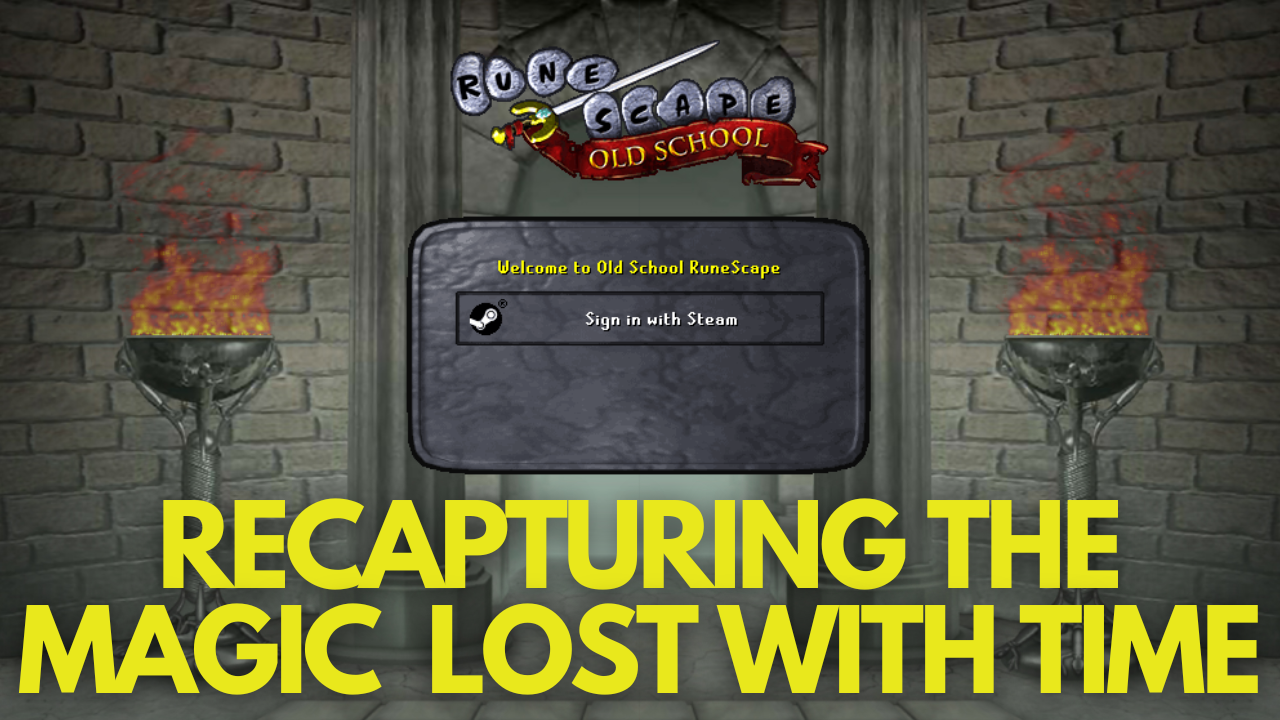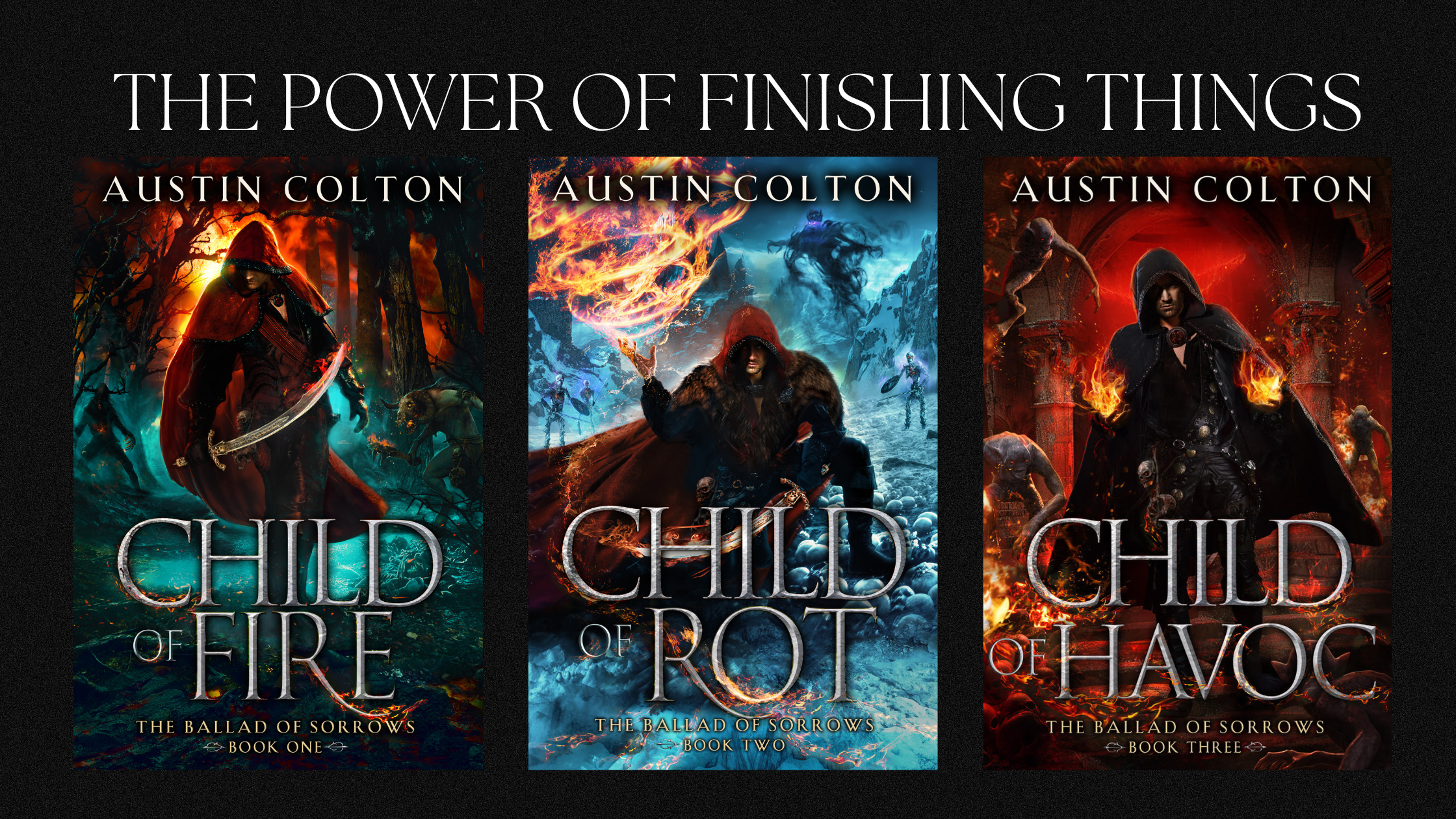Featured Post
Self Publishing Journey
Learn about the writing, editing, production, and publication process of Austin’s Debut Novel “Child of Fire”, the first book of The Ballad of Sorrows.
Starting Old School RuneScape in 2025
Starting Old School RuneScape in 2025 https://youtu.be/xoN-psLso-E I [...]










